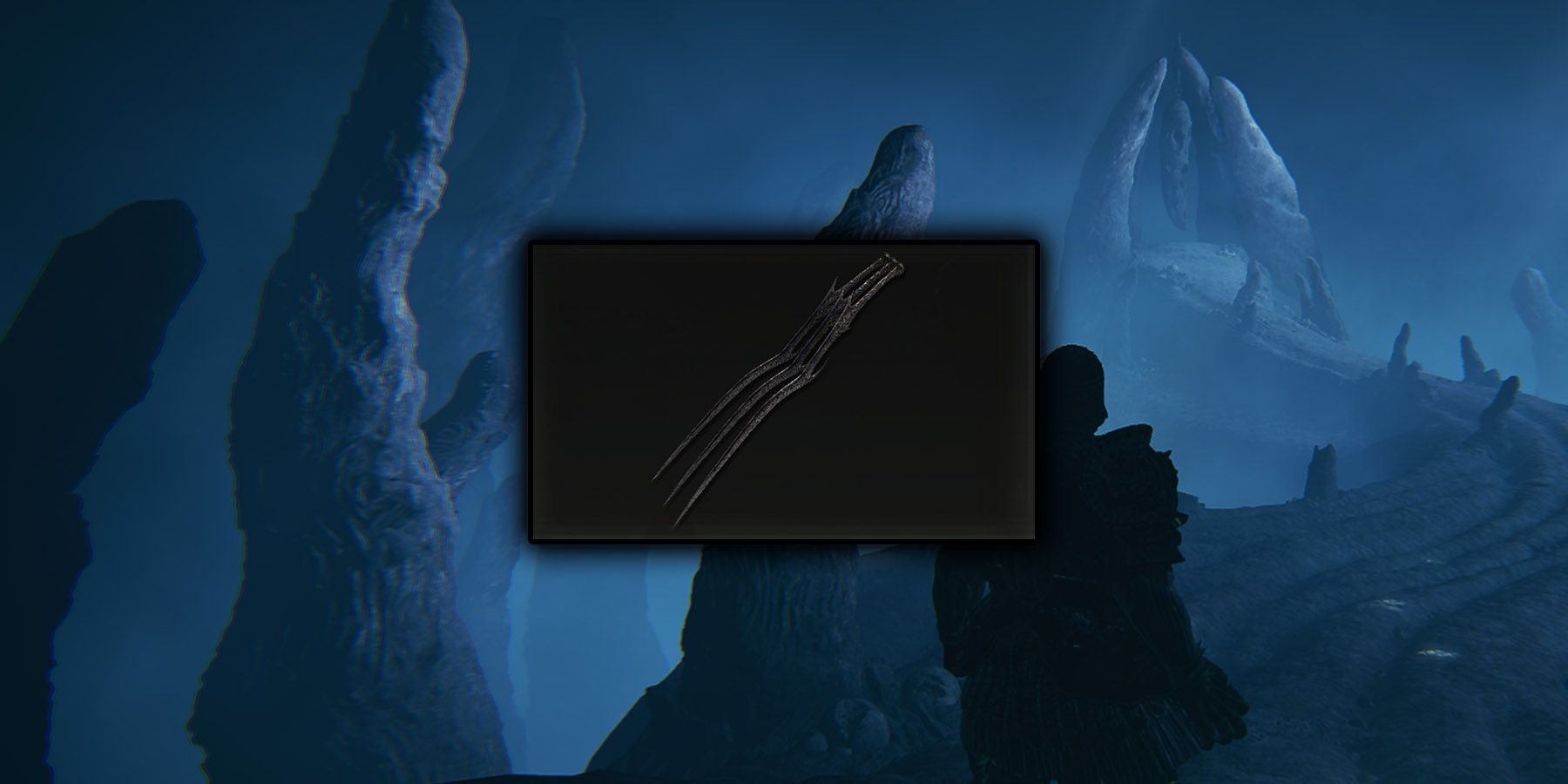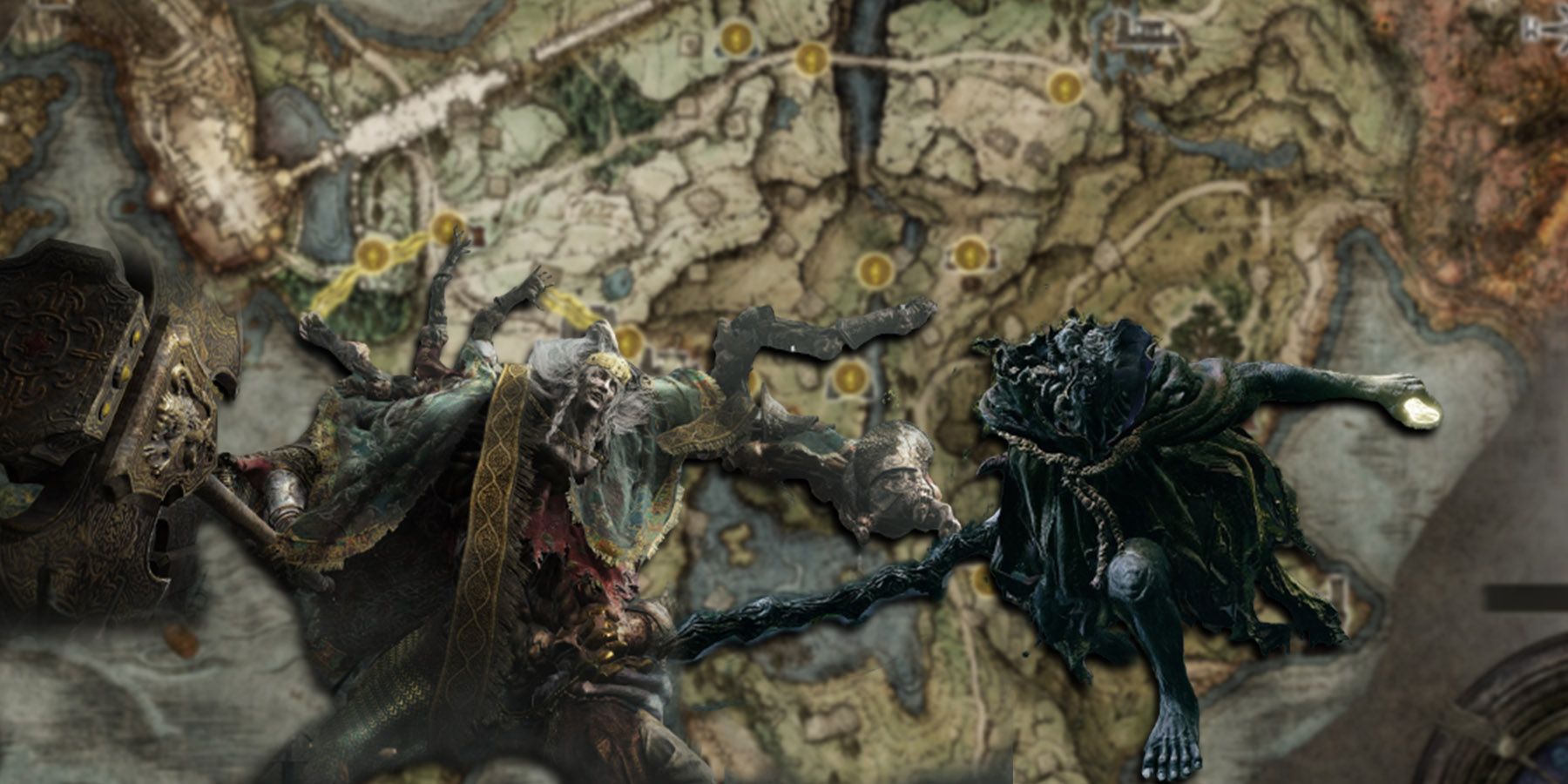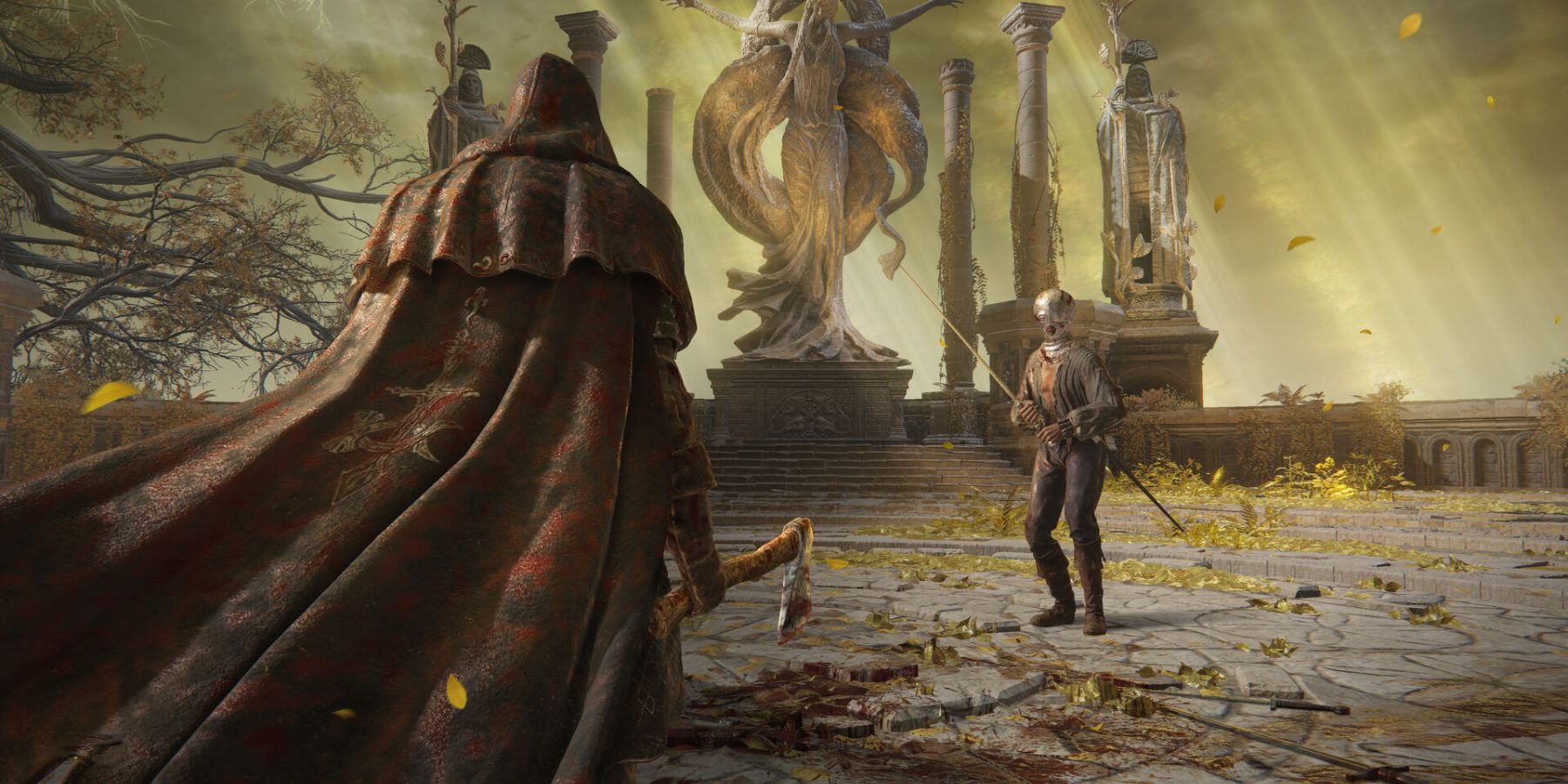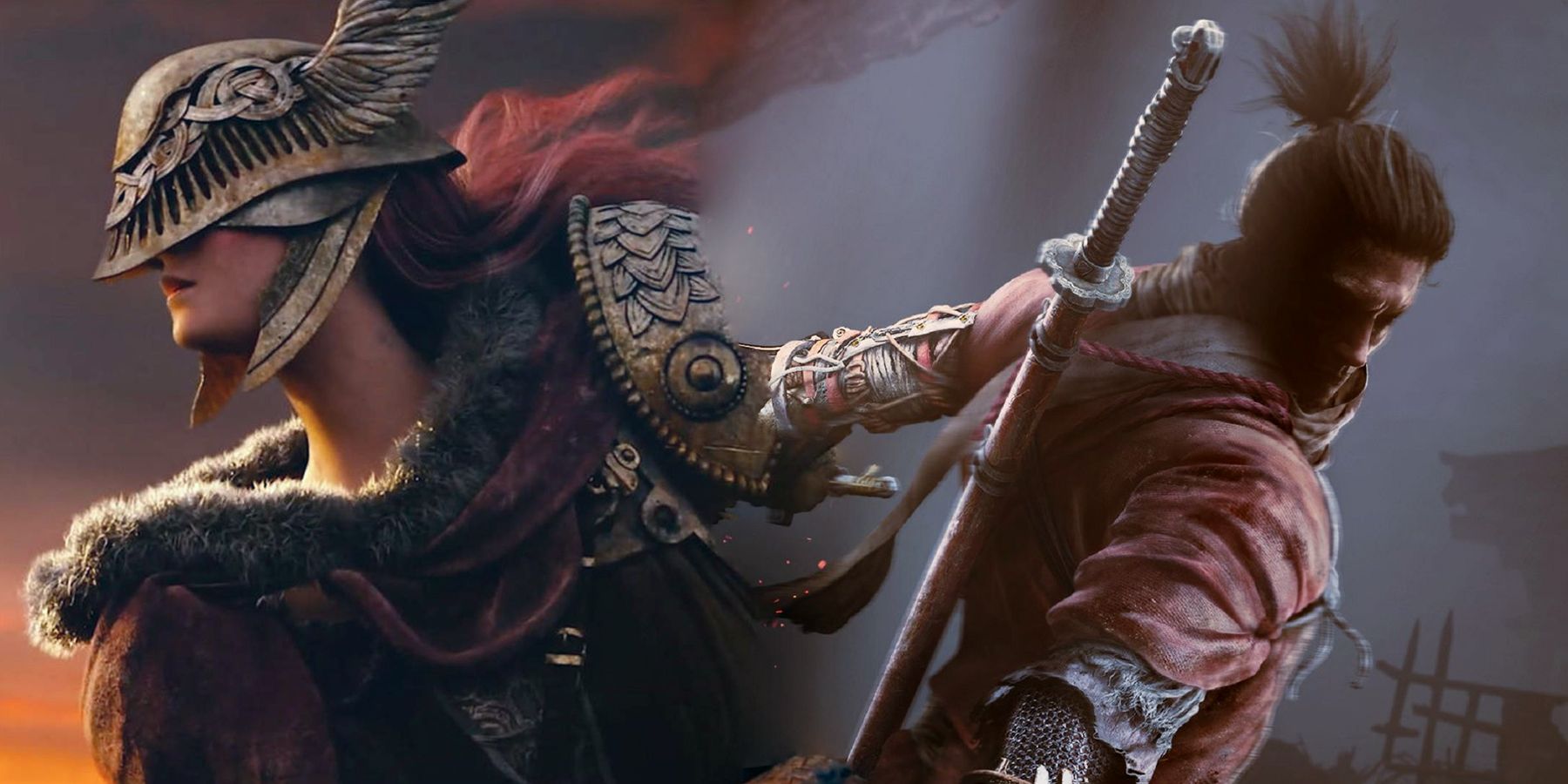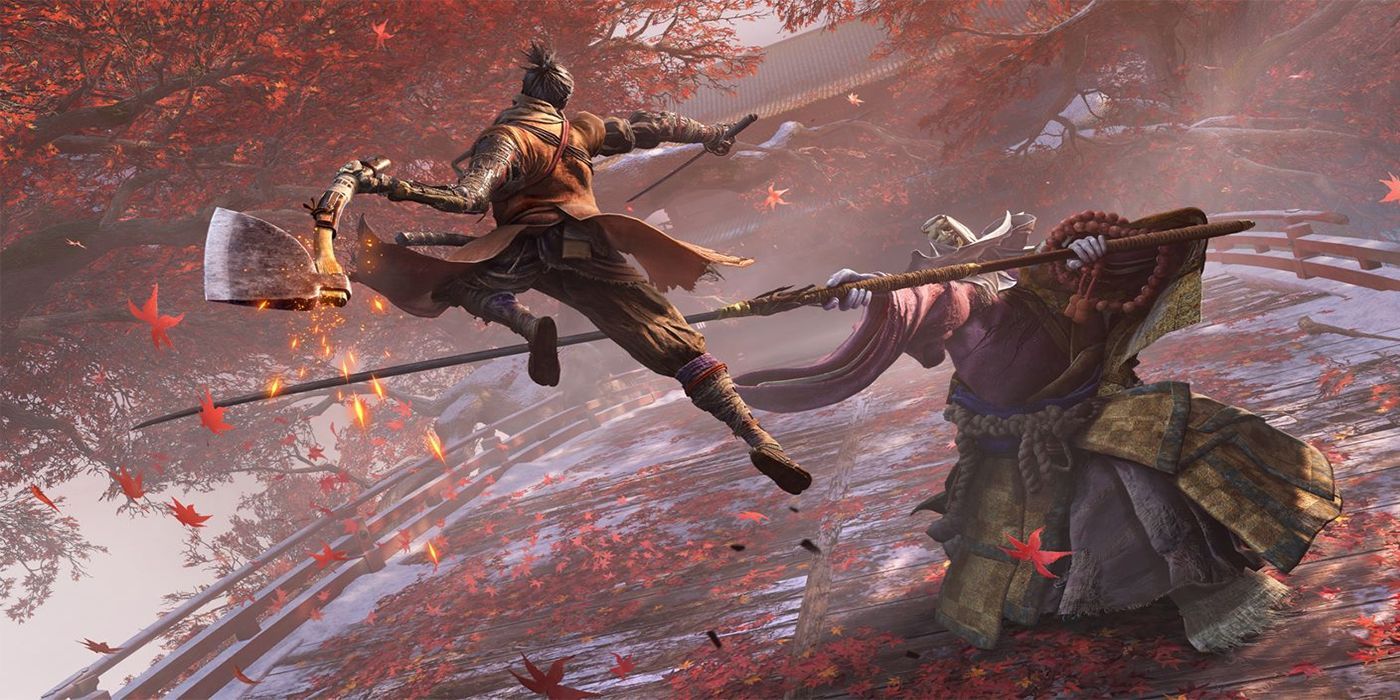Sekiro: Shadows Die Twice was a pretty significant departure for Soulsbourne games, even compared to Bloodborne's drastic mechanical changes. Movement and battle mechanics were overhauled to match the faster pace and offense-oriented samurai gameplay. Dark Souls emphasized greater freedom in its combat and gameplay design, with character and class creation, unlike Sekiro's linear approach. However, FromSoftware is returning to more open-ended design with Elden Ring, with multiple classes available for players to pick and choose their playstyle. What's interesting is that a few of these classes implement some of the best mechanical evolutions from Sekiro.
Many of the best aspects of Sekiro's gameplay design and mechanics appear to be influencing the design of Elden Ring as well. Dark Souls is typically associated with class and build complexity, but the movement mechanics are vastly different in comparison to Sekiro. Bloodborne was the first Soulsbourne game to iterate on the established core components of Dark Souls, like introducing trick weapons and firearms for parrying, alongside faster movement design. Sekiro took things several steps further, and beyond walljumps and platforming mechanics, movement and attacking frame data is much faster, something certain Elden Ring classes seem to share.
Some of Elden Ring's Classes Somewhat Emulate Sekiro
In terms of classes that seem to borrow the most from a Sekiro-esque gameplay style, the Warrior class in Elden Ring is the closest parallel. Shown in the Elden Ring gameplay trailer utilizing a variety of dexterous spells, one-handed weapons, and a bow, various aspects of the Warrior's moveset seems to emphasize greater mobility and weaving in between opponents attacks. Unlike some of the other classes like Champion or Bloody Wolf that resemble more common Dark Souls character archetypes, the more niche dexterity-based classes seem to have a greater degree of movement, evidently drawing from Sekiro's design to some degree.
Even in a more general sense, movement in Elden Ring is incorporating elements of traversal from Sekiro (and Bloodborne) moreso than classic Dark Souls games. Similar to Dark Souls 3, movement in general is a bit faster and smoother on lighter builds, allowing for more generous dodge rolls and rewarding players with good reaction time. Elden Ring's gameplay trailer also shows off some stealth gameplay, clearly borrowing from Sekiro's stealth mechanics, which makes sense with its open-world structure. In general, Elden Ring will certainly benefit from refined movement mechanics, and taking inspiration from Sekiro in that respect is a boon to Elden Ring.
Elden Ring Should Borrow From Sekiro, Sparingly
Granted, borrowing too much inspiration from Sekiro would probably be a detriment to Elden Ring. Souls fans enjoyed Sekiro on release, but understood that it's a fundamentally different game from a narrative and gameplay perspective. Paired with a vastly different setting compared to the gloomy, medieval-based settings that Soulsborne games are known for, Sekiro succeeded as a linear standalone game because of everything it did differently. Elden Ring, on the other hand, returns to the medieval setting, which means Dark Souls fans are going to be expecting an experience most similar to Dark Souls 3, mixed in with Bloodborne and Sekiro influence.
However, like Dark Souls 3, Elden Ring will ultimately benefit from stealing some influence from Sekiro, even if its subtle. Things like greater freedom of movement in certain character classes, as well as stealth capabilities, will certainly lend themselves well to the exploration of open-world environments. One specific aspect of Sekiro's world design that Elden Ring certainly borrows is the game's emphasis on verticality. Various portions of Elden Ring's The Land Between is separated across vast mountain ranges, all traversible with the protagonist's mount. Giant "Spiritspring" launchpads allow the player to traverse huge cliffs with ease on horseback.
So far, at least based on the game's first impression, trailers of Elden Ring seem to emphasize that the upcoming title is borrowing sparingly from its predecessors. That's certainly a good thing, especially considering how different games like Sekiro and Bloodborne are in comparison. Influence from Sekiro can only extend so far before it ends up negatively affecting the title's reception, straying too far from its Soulslike roots into dedicated spin-off territory. However, Elden Ring is clearly harkening back to FromSoftware's seminal RPG series in design and aesthetic, so borrowing sparingly from Sekiro could improve the game's mechanics immensely.
Elden Ring releases on February 25, 2022, on PC, PS4, PS5, Xbox One, and Xbox Series X/S.

